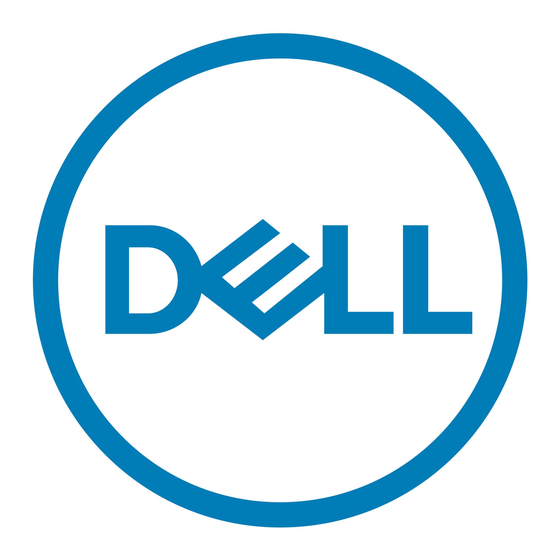Dell PowerEdge M710 Technical Manualbook - Page 20
Browse online or download pdf Technical Manualbook for Switch Dell PowerEdge M710. Dell PowerEdge M710 31 pages. Dell poweredge blade servers getting started guide
Also for Dell PowerEdge M710: Information Update (38 pages), Update Manual (44 pages), Update Manual (21 pages), Update Manual (14 pages), Installation Manual (7 pages), Update Manual (1 pages), Getting Started Manual (12 pages), Getting Started Manual (12 pages), Portfolio Manual (27 pages), Getting Started Manual (14 pages), Getting Started Manual (12 pages)

